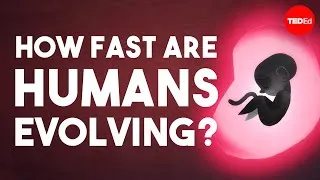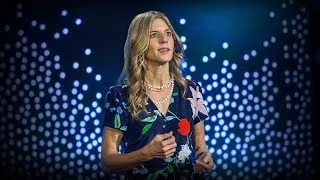How Mendel's pea plants helped us understand genetics - Hortensia Jiménez Díaz
4,516,184 views ・ 2013-03-12
Palun tehke topeltklõps allpool olevatel ingliskeelsetel subtiitritel, et mängida videot.
New videos
Original video on YouTube.com
See sait tutvustab teile YouTube'i videoid, mis on kasulikud inglise keele õppimiseks. Näete inglise keele tunde, mida õpetavad tipptasemel õpetajad üle maailma. Iga video lehel kuvatavatel ingliskeelsetel subtiitritel topeltklõpsates saate video sealt edasi mängida. Subtiitrid kerivad video esitamisega sünkroonis. Kui teil on kommentaare või taotlusi, võtke meiega ühendust, kasutades seda kontaktvormi.







